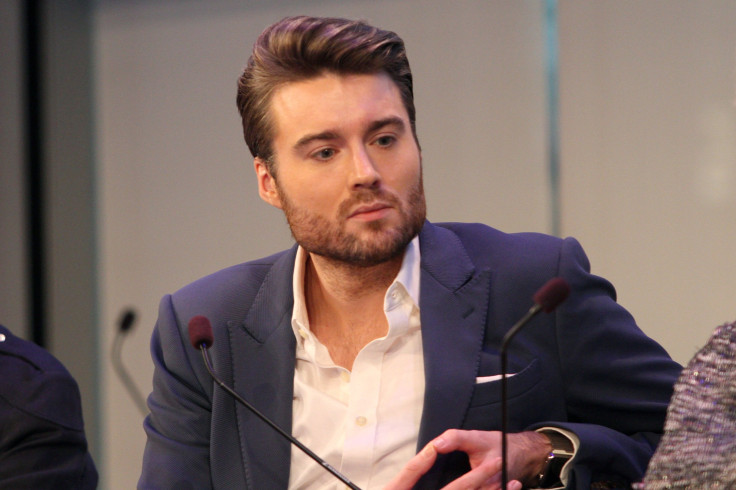Mashable Cuts Staff As It Changes Focus To Shorter Content, Video

Until Thursday, things had been looking up for Mashable. Over the past few years it had managed to forge a strong identity in the sea of bloggy, tech-news startups and managed to attract big hires from the New York Times and the Guardian. It just received a $15 million cash injection from Turner Broadcasting, a legacy company eager to tap into the ways of young, socially conscious readers.
A source close to the matter told International Business Times the company laid off about 30 people in total.
Yet on Thursday, CEO and founder Pete Cashmore announced — on the career network LinkedIn — that Mashable is laying off several editorial employees in an effort to re-“organize” the newsroom. A source told International Business Times that about a dozen were axed from the newsroom, including the politics team.
“We are now equally adept at telling stories in text and video, and those stories now live on social networks, over-the-top services and TV,” Cashmore began, acknowledging the recent upgrades. “Unfortunately this has led us to a very tough decision. Today we must part ways with some of our colleagues in order to focus our efforts.”
More on Mashable layoffs: In meeting, Mashable exec says site is "moving away from harder news" and toward an "entertaining digital culture"
— Dylan Byers (@DylanByers) April 7, 2016
Among the departed are executive editor Jim Roberts, a former managing editor at the New York Times. Cashmore credited Roberts with building the venture capital-backed site into a legitimate news outlet.
“Jim has been instrumental in building Mashable into a truly global media brand,” he wrote. “He has built an editorial team that stands for trust, credibility and accuracy, allowing us to compete with some of the world’s most established media companies.”
Cashmore hinted at a new focus for coverage at Mashable, promising to spend more time on “technology, web culture, science, social media, entertainment, business and lifestyle.” He did not mention political or hard news/breaking coverage.
The memo emphasized Mashable’s near-feverish transition to “telling stories through video,” signaling that it has caught the bug that has Huffington Post looking to create a 24/7 video network, BuzzFeed investing big in its Motion Pictures studio, and Vice Media breaking into TV proper.
This clearly factored into one new hire: Cashmore named ex-Vocativ editor Greg Gittrich as chief content officer and painted him as a TV guru. “He has edited major newspapers, run the digital arm of TV networks, and turned editorial articles into TV shows.”
In the background looms the $46 million Mashable has raised since it first took venture capital funding in 2014. That placed it in the company of other successful new media shops that got some old media money like Vox and BuzzFeed, both of which received the even larger sum of $250 million earlier this year when NBCUniversal bought stake in them.
Meanwhile, staffers are coming to grips with the news via Twitter. Some, like Roberts, have gone silent, while others are venting their frustration with the company. At least one staffer learned about her firing abruptly, while off working on a story.
I just got a call on a field shoot that I'm fired along with half the @mashable editorial staff.
— nadja oertelt (@nadjao) April 7, 2016
© Copyright IBTimes 2025. All rights reserved.






















